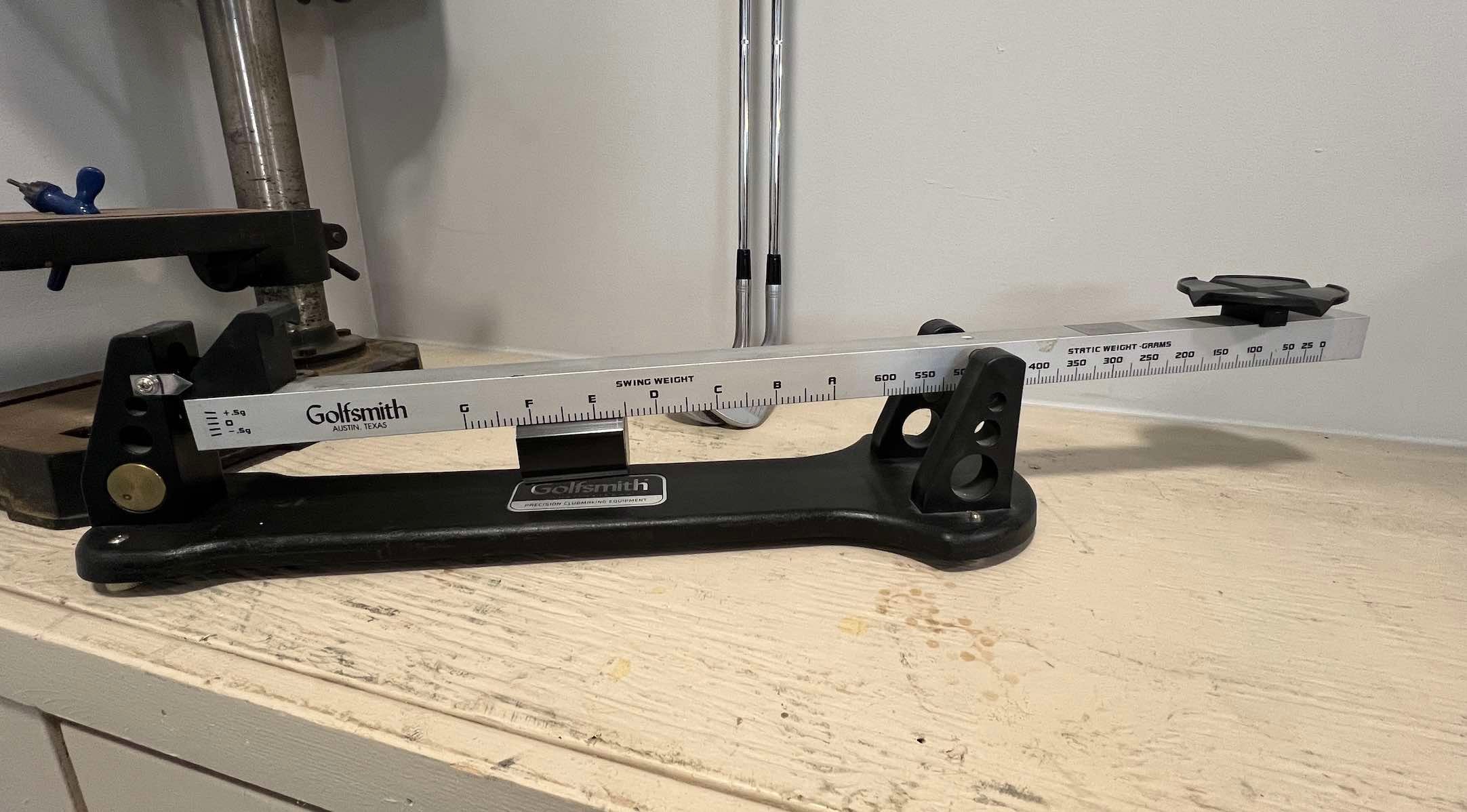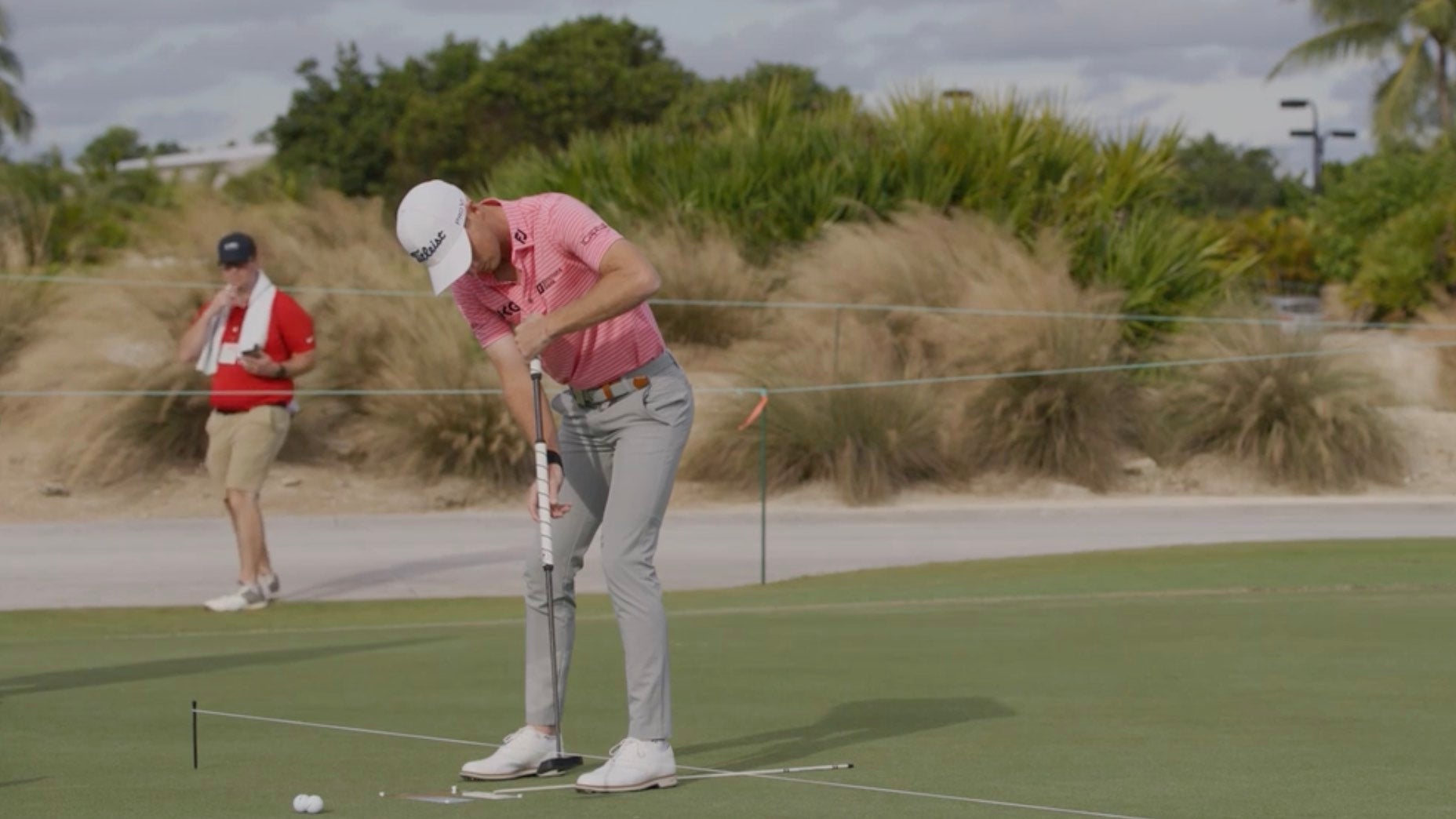
Understanding swing weight can help you get a better feel for your clubs.
Golf.com
With the golf season on the horizon and many golfers visiting club builders and fitters for new grips or a tuneup, we are here to help you better understand the finer points of your equipment so you can ask the right questions, and learn something in the process.
The Premier Club Fitting Experience
With over 50,000 clubhead and shaft combinations, True Spec Golf will custom fit and hand build you the most well-constructed, precise set of golf clubs you’ve ever played. Guaranteed.
What is swing weight?
Golf club swing weight is one of the most discussed but also misunderstood elements that go into building a proper set of clubs — and it can have a big impact on total performance as well as your golf swing.
A golf club’s swing weight is the measurement of its balance point based on a 14-inch fulcrum scale. A swing weight scale is a device specifically designed for matching clubs for their weight and feel, and dates back to when clubs were built with wooden shafts.

Ryan Barath
Every component of a golf club from the grip to the head plays a role in its final swing weight value, and the scale ranges from A to G, with intermittent numbers between those letters (ie: D1, D2, D3, and so on). A sits on the lightest end of the scale while G is the heaviest.

Golf.com
Although it isn’t very common, some clubs (like long putters or short junior clubs) are outside the range of a traditional swing weight scale, but in almost every case any club you find off the rack will be within the A to F range.
As for performance, a golf club with a heavier swing weight can offer better tempo control for stronger players with faster transitions, while clubs with a lighter swing weight are generally easier to swing and can help golfers with moderate clubhead speeds gain distance and close the club face faster through impact.
How to change swing weight
Anytime a part of a golf club is adjusted the swing will change along with it. For example, if a club is cut to a shorter length the swing weight will become lighter. If weight is added to the head, the swing weight will become heavier. Like with any balanced scale, even a small mass change will affect swing weight, down to a single gram, which is why having the right tools are important in order to build a set of matching clubs.
One of the most common ways golfers accidentally adjust swing weight is when they alter their grips, whether it be by changing to a larger, heavier grip, or a smaller, lighter one. Even if a golfer is re-gripping with the same grip as before, the amount of two-sided tape used under the grip to hold it in place can be enough to make the golf club feel different to the player.
There is no one-size-fits-all for any player, but understanding what swing weight is and how it can be adjusted can make a big difference to how a golf club feels in your hands and help you make more repeatable golf swings.
Want to overhaul your bag for 2024? Find a fitting location near you at True Spec Golf.









